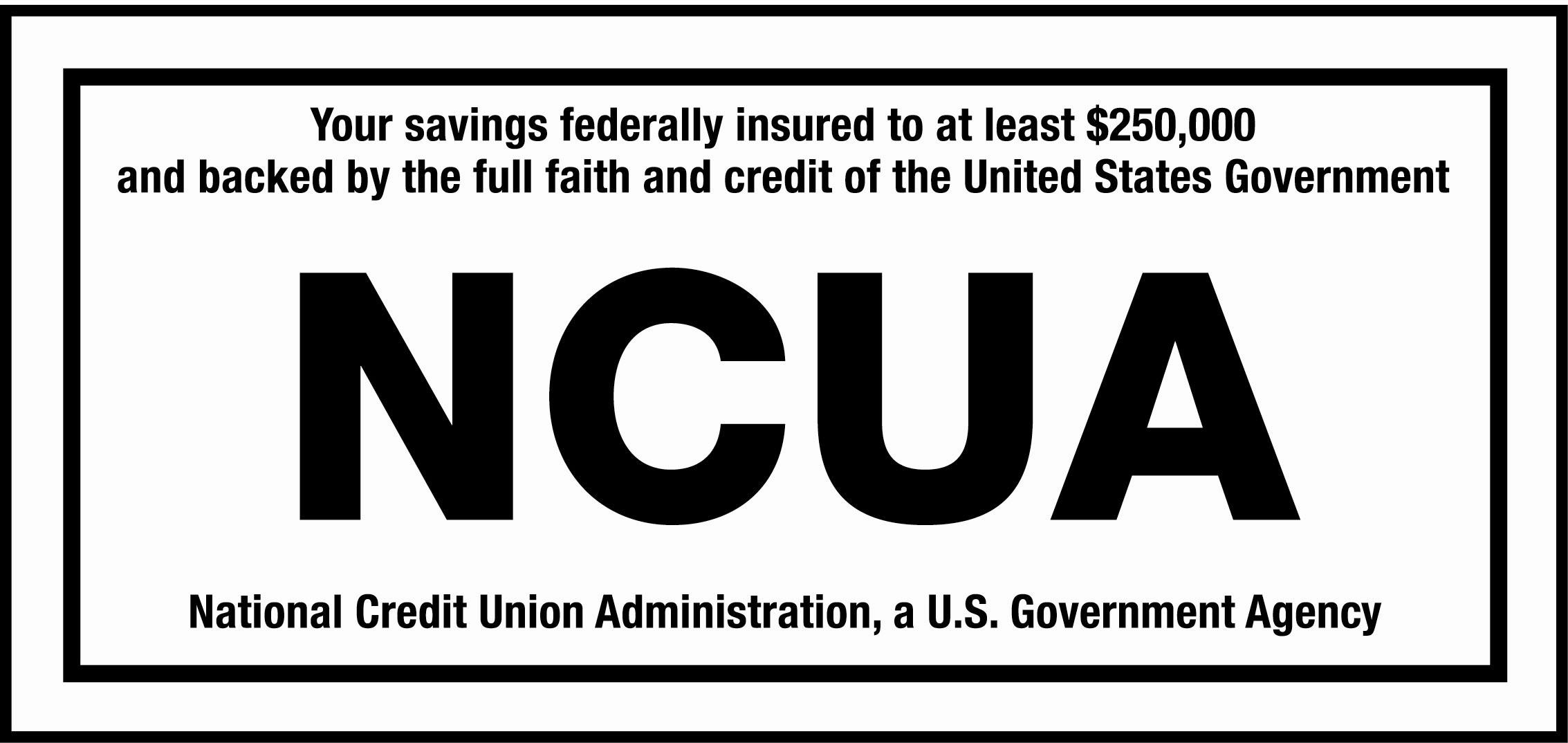Impulse purchases can wreak havoc on the most carefully constructed budgets. By teaching your kids how to recognize them, you will be giving them the tools for overcoming that overpowering impulse to buy, buy, buy.
This month’s goal: Show your kids how retailers manipulate our emotions and spending habits and how to shop without dropping more money than planned.
Pointers to cover:
- The definition of an impulse purchase.
- Manipulative tactics employed by retailers to make us spend more than planned.
- Why planning out every shopping trip is crucial.
- How impulse buys can add up to a ton of money.
- How “just browsing” almost always translates into money spent.
Conversation starters
For kids under age 9:
- Why do you think grocery stores put all those candy bars near the registers?
- If you planned on spending $20 in a store and don’t want to spend any extra money, how can you make sure that happens? (Ask your child to provide two answers to this question, i.e. shop with a list, pay with cash, don’t enter a store hungry, etc.).
- How can lots of impulse purchases ruin a budget?
For kids over age 9:
- Can you think of some things that retailers do to get you to spend more money than you intended?
- Have you ever gone into a store “just to look” and walked out with a bunch of items? Why does this happen?
- Are impulse buys always a bad thing? Explain your answer.



